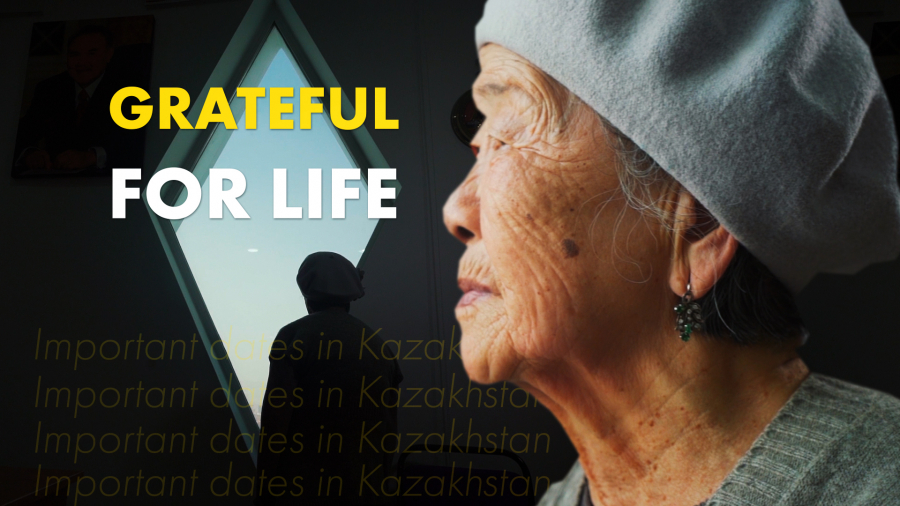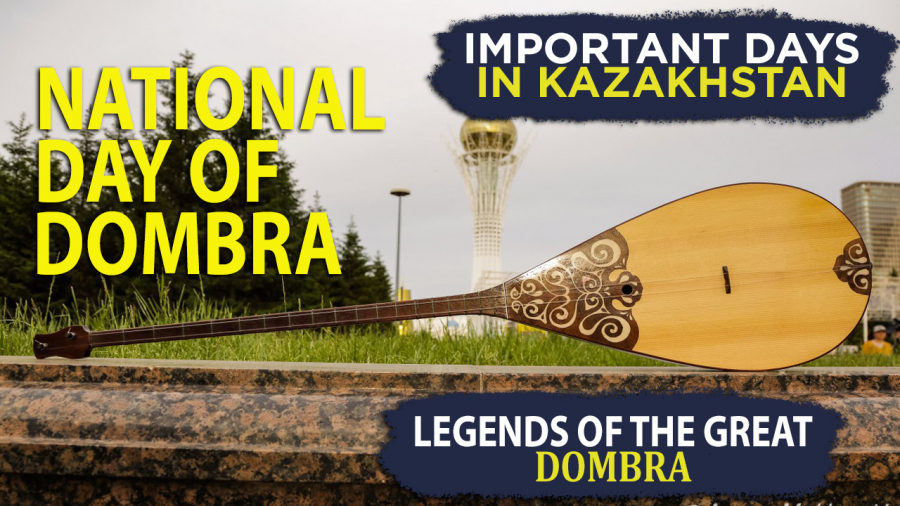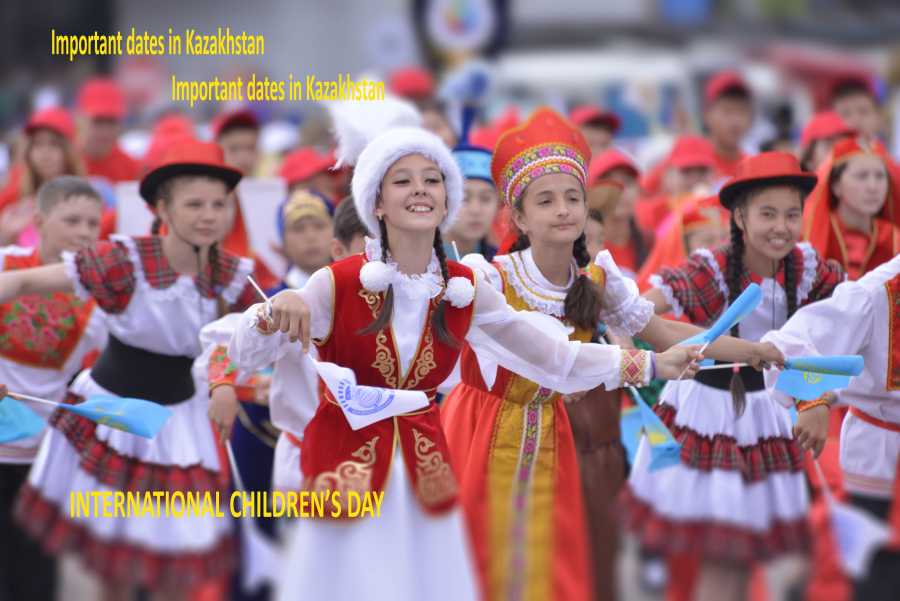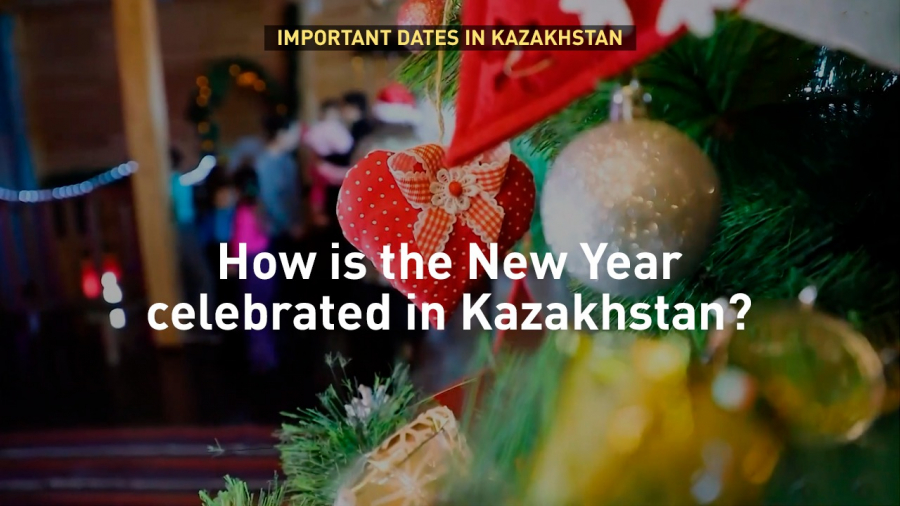
This date is very personal for thousands of families in Kazakhstan. They couldn’t tell the stories of the horrific event without shuddering. False accusations, illegal arrests, shootings, famine and millions of death. The victims are remembered on May 31st every year on the Day of Remembrance of the Victims of Political Repression. The date was included in the national calendar since 1997.
More than a million people went through the horrors of arrests, torture and exhausting labor at Karlag. Among the victims were Mariya Ermachenkova’s parents. Their personal files are kept in museum archives. Mariya’s parents were arrested and convicted due to her uncle’s denunciation of her family. He reported to the authorities that her father had allegedly conducts counter-revolutionary activities. In those years, this statement was enough to convict an innocent person under Article 58. Mariya’s father was sentenced to 10 years in prison. Her mother was also imprisoned for the same amount of year. Her uncle, whose accusations had broken up the family, moved into their house.
There are many similar stories. Broken destinies, scattered families – all because of the consequences of the authoritarian policy. It’s no accident that a ruined Shanyrak was placed during the exposition of the museum that is located in the building of the former Karlag administration.
Ivan Kondrashov is a researcher at the museum. A historian by profession, he has studied many archival documents. He joined the museum immediately after his university graduation and took part in the creation of the exhibition, together with artists and restorers. Here’s a replica of the observation tower. Part of it covers the portrait of Stalin. Visitors would often feel like they’re being watched as they approach the tower regardless of which side they come from. Those who visit the museum for the first time will feel like they are in the repression era. One can see Kazakhstan’s map a little further from the tower. The dark spot on the map marks the area of the Karlag, one of the largest labor camps during USSR. It’s area is as big as the concentration camp in France.
In the late 1930s, prominent politicians were usually accused as being national fascists and spies. Turar Ryskulov who were against the genocide of Kazakhs was shot in 1938. A year earlier, Nygmet Nurmakov was sentenced to death because of his fight for the status of the Kazakh language. Many others were also falsely accused and murdered such as Alikhan Bokeikhanov who dreamt of granting autonomy to the Kazakh people and Sultanbek Kozhanov who paid for the name of the new capital. In Kyzyl-Orda, authorities tried to put an end to the spirit of nationalism amongst the people. They arrested the father and brother of Kurman Saduakassov, who wasn’t even 2 at that time as they were believed to be the enemies of the people. Zhanaidar Saduakassov was also among the arrested. He was the first attorney general of the Republic and the first secretary of the Almaty regional party committee. In the 1920s, he created a central commission for the translation of court proceedings into Kazakh language and he was the first chairman of the commission. He advocated the creation of Kazakh schools and theaters and dreamt of increasing the number of publications in his native language. In 1937, Zhanaidar was accused of leading a nationalist group.
Politicians and lawyers, doctors and teachers – everyone who had different ideas from the state was executed. Those who didn’t want to adhere to the new ideological rules were sent to concentration camps that were built throughout the USSR countries. Karlag is one of the biggest camps. In the 1930s, NKVD officers forcibly evicted an entire local population from a vast territory, taking away their livestock. For the Kazakhs, this meant starvation.
Labor prisoners are used to work in heavy industries sector. They had to build railways and barracks, and mined ore – all by hand. Many people died of hunger and cold. The results of the exhausting labor works are collected in one of the halls of the Dolinska Museum.
Behind the barbed wires, there were real luminaries of science – breeders, agronomists and academics. One of them, Igor Fortunatov figured out the way to protect the camp’s huge plantations from soil erosion. Vasily Pustovoyt managed to create over 40 new varieties of sunflower while in captivity. Scientists in the camps worked hard and the results were astonishing.
Ivan Kondrashov shows one of the workshops where the woodworking machine was placed. In the 1940s, a mechanical repair plant was opened to replace old workshops. Ivan had previously provided the camp with spare parts and agricultural machinery equipment, but at the beginning of the war, the manufacturing sector was reoriented. 850 prisoners mastered the production of mines with manufacturing units of up to 40,000 from the assembly line every month. The prisoners also built quarries and factories, electrical power plants and coal mines as well as production design bureau. Meanwhile, geophysicists and aircraft designers developed theories that led to the creation of a turbojet engine. Their names were later associated with the development of domestic aviation but in those years, they were the ‘enemies of the people.’
The museum staff shows the condition of the prison cells with low ceilings, complete darkness and dampness. Prisoners often became sick and died but there’s no exact death toll. Historians believe that the number goes up to tens of thousands of people. The exhibition attracts many tourists worldwide.
The latest data shows that the fate of thousands of Kazakhstanis is shrouded in the secrets of history. Scientists are trying to gain access to classified materials. A special commission was created on behalf of the President in order to provide rehabilitation for all victims of the regime.









